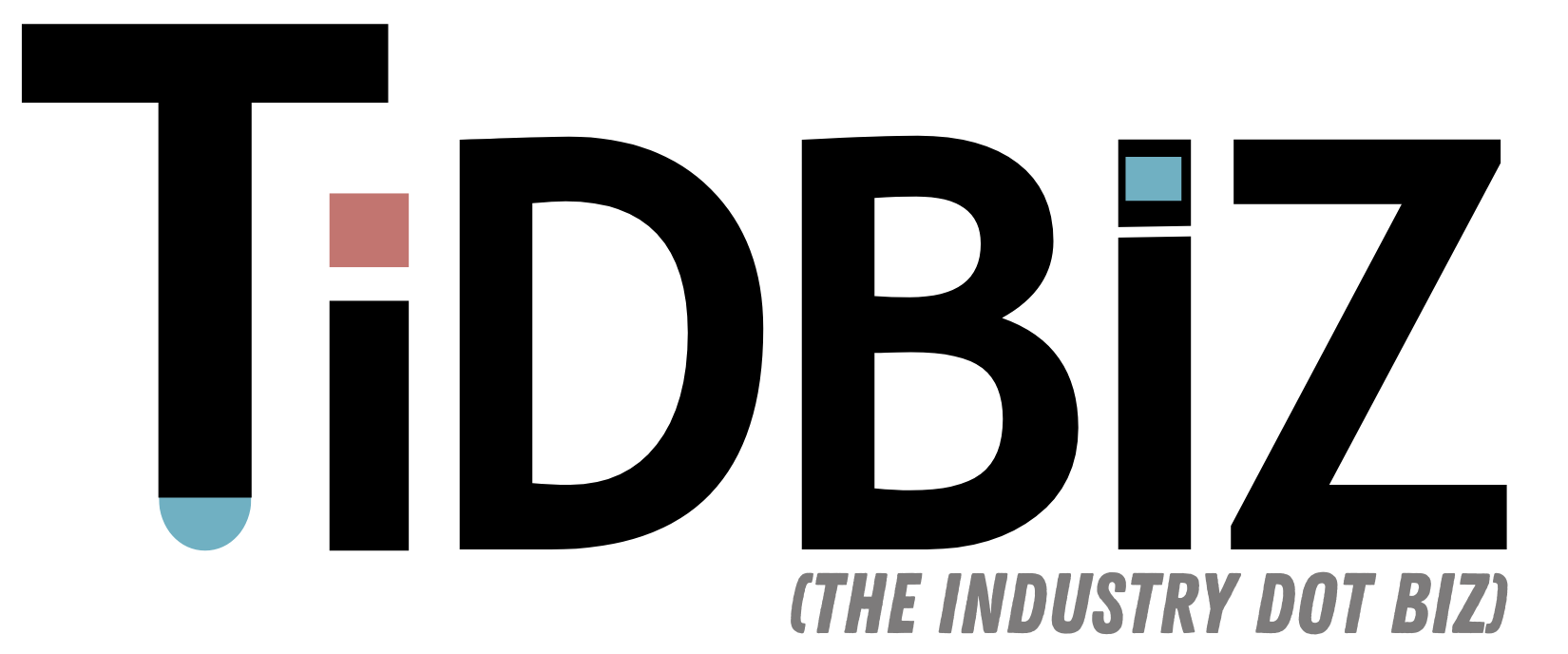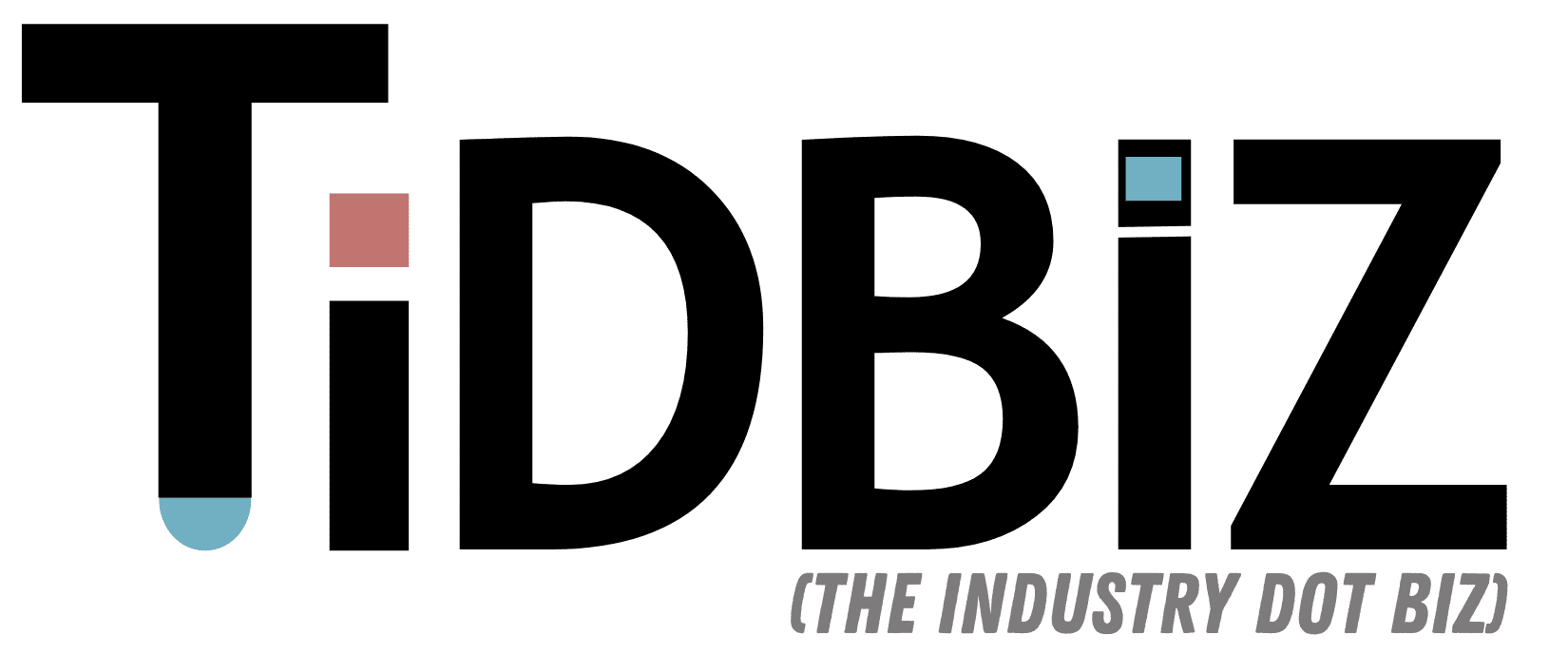Can AI Replace Mental Health Therapy? A New Reality Check
The Human Side of Healing
Mental health therapy has always been rooted in human connection. Many professionals insist that AI could never replace this bond, especially when it comes to understanding emotions, experiences, and traumas. And understandably so—they’re defending their industry. But the truth is more complex: while AI may never fully replace human therapists, it absolutely has the potential to supplement, and in some cases, outperform them—especially in areas like Cognitive Behavioral Therapy (CBT).

What Is Cognitive Therapy?
Cognitive Therapy, or Cognitive Behavioral Therapy (CBT), is a short-term, goal-oriented treatment that focuses on the link between thoughts, emotions, and behaviors. It works on a simple principle:
“How you think affects how you feel—and how you act.”
CBT helps people:
- Recognize distorted or irrational thoughts
- Reframe those thoughts to be more realistic and balanced
- Change behaviors rooted in those patterns
It’s especially effective for conditions like anxiety, depression, and PTSD. And unlike long-term talk therapy, CBT usually lasts no more than 12 weeks.
A Brief History of CBT
CBT was developed in the 1960s by psychiatrist Dr. Aaron T. Beck, who discovered that many patients suffering from depression had consistent, automatic negative thoughts that shaped their emotional experiences. His research led to the publication of Cognitive Therapy and the Emotional Disorders in 1976, which laid the groundwork for one of the most widely used therapy models in the world.
How Therapists Become Certified
To offer true CBT, a therapist typically completes:
- Graduate-level education and licensure
- Specialized CBT training (Beck Institute, A-CBT, or accredited universities)
- Clinical supervision (often 40+ hours)
- Ongoing continuing education
Yet despite this, many therapists falsely list CBT as one of their modalities without proper training or certification. This misrepresentation can lead clients to pay for therapy they believe is CBT but isn’t.
The Insurance Tug-of-War
Insurance companies and therapists often clash. Therapists claim insurance companies delay payments or deny claims, so they pressure clients to pay out of pocket—even when they have insurance? The result? Patients get stuck in the middle, expected to pay full rates while still paying premiums.
Even worse, insurance companies often steer patients toward in-network therapists who are either inexperienced, less desirable for specific needs, just out of school or nearing retirement, with little current training. The best therapists frequently refuse insurance altogether, knowing they won’t be fairly compensated. That leaves patients with high deductibles and little to no reimbursement.
For example: If your deductible is $3,000 and you spend $2,760 on CBT ($230/week for 12 weeks), you get nothing back. That’s 24 hours of your life—plus driving time—and zero financial return.
When Therapy Gets Too Expensive
Most people can’t afford weekly out-of-pocket therapy. And sessions have been shrinking—from 60 to 50, to 40, and now even 35 minutes. Some therapists work from home or apartments to save costs, sometimes inviting clients into uncomfortable or unprofessional spaces. Patients shouldn’t have to know where their therapist lives. It blurs boundaries and erodes trust.
Enter AI: A Different Kind of Therapist
AI doesn’t ask for co-pays. It doesn’t delay, reschedule, or drag things out. It doesn’t burn out. And most importantly, it isn’t motivated by money.
If you’re new in town, feeling isolated, and trying to change how you think about social anxiety, AI can:
- Offer actionable strategies
- Suggest groups and events
- Provide instant resources and links
- Personalize responses based on your needs
AI learns. It adapts. And in the case of cognitive therapy—which is about changing the way you think rather than diving deep into childhood trauma—AI might actually be more effective than a rushed, underpaid human therapist.
And here’s the real edge: AI is pulling from millions of real-time and historical data points—proven resources, peer-reviewed case studies, and global statistics. Meanwhile, many human therapists are still relying primarily on the knowledge they acquired in graduate school years or even decades ago.

Try It for Yourself
You don’t have to commit. Open a chat with ChatGPT or a similar tool and frame a challenge. If you’re uncomfortable, make it about “a friend.” Ask for cognitive tools, perspectives, or next steps. You might be surprised at how actionable, respectful, and relevant the answers are.
Some apps and tech companies are already testing AI therapy platforms. Expect to see more ads from services like BetterHelp—but AI may already be two steps ahead of them.
Final Thoughts
Cognitive therapy is supposed to be short-term, focused, and effective. But many human therapists stretch it out, aren’t certified, or push patients into long-term talk therapy with little measurable change.
AI therapy isn’t perfect, but it’s direct, inexpensive, less problematic and instantly available. It’s not afraid of the truth. And in today’s fast-paced world, where time and money are both tight, that might just make all the difference.








